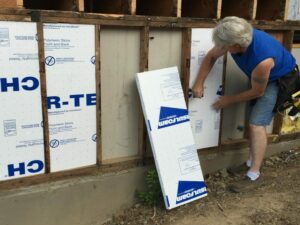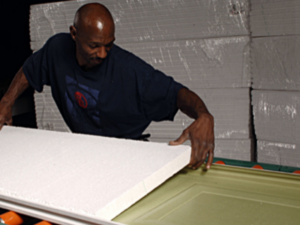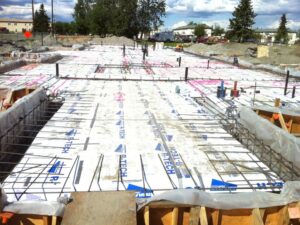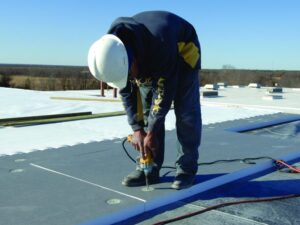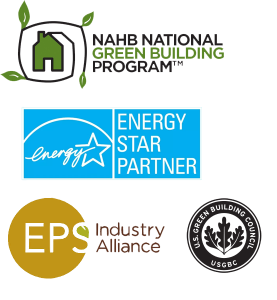3 Ways EPS Insulation Helps Improve Indoor Air Quality at Home
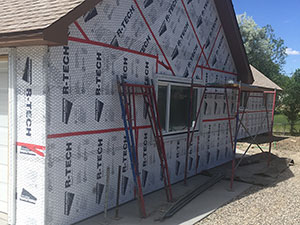
As the intrinsic value and meaning of “the home” evolved over the course of 2020, the importance of indoor air quality (IAQ) has perhaps never been more relevant. While some homeowners are turning to mobile air purifiers as a short-term remedy, many are willing to embark on extensive renovation projects to achieve long-term solutions that support improved IAQ at home.
One proven way to maintain a healthier indoor living environment includes installing expanded polystyrene (EPS) insulation throughout the building envelope—including the basement, floors and walls. Keep reading to learn three tried-and-true ways that EPS helps support improved IAQ and extends peace of mind at home.
EPS insulation optimizes HVAC systems in place to support continuous insulation (ci)
Ci, an energy standard for buildings, is insulation that is continuous across all structural members without thermal bridges. Installing EPS can help a home achieve ci and in turn, maximize the performance of heating, ventilation and air conditioning (HVAC) systems. Properly designed systems remove common indoor pollutants, provide filtered air to breathe, and help maintain a consistent room temperature. Because applying EPS insulation supports a nearly airtight seal across the building envelope, homeowners won’t need to worry about potential air “leakage” curtailing the positive impact of these high-performance features on a home’s IAQ.
EPS insulation works in tandem with HVAC systems to reduce the risk of mold growth
As HVAC systems also dehumidify incoming air, employing them alongside EPS can be an effective strategy for controlling condensation. Because EPS’ hydrophobic, closed-cell structure does not readily absorb moisture from the atmosphere, it delivers excellent moisture resistance for wall cavities, floorboards and other damp, dark places that benefit from insulation. This means that in application, EPS insulation plays a fundamental role in mitigating the risk of mold growth at home. Third-party testing conducted by SGS U.S. Testing Company, Inc. supports this claim, finding that EPS scored no traces of mold growth over a 28-day incubation period.
EPS insulation grants peace of mind as a safe to use building material
Some forms of insulation employ blowing agents during the manufacturing process to achieve an abnormally high R-value. These blowing agents will diffuse from the cellular structure of the material over the course of its lifetime, steadily releasing a host of volatile organic compounds (VOCs) into the air. In stark contrast, EPS insulation does not utilize blowing agents, therefore it does not experience off-gassing. In turn, EPS does not negatively affect a home’s IAQ, nor the homeowners’ health.
Have additional questions about how EPS insulation helps improve IAQ at home? Connect with Insulfoam’s technical team at www.insulfoam.com/contact-insulfoam/.

